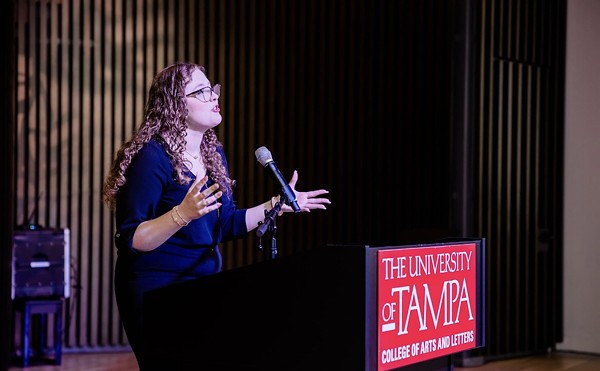Last month a new drug hailed as a major breakthrough in the battle to treat chronic hepatitis C received FDA approval, a potential game changer for patients desperate for a less painful way to treat their symptoms.
The reason for the hype: Sovaldi is a pill, the first approved to treat the virus. It offers an alternative to interferon, a drug that must be injected and whose side effects have long proved to be far too intense for many patients to endure.
“I believe that Sovaldi will have a major impact on public health by significantly increasing the number of Americans who are cured of Hepatitis C,” said Ira Jacobson, MD chief of the division of gastroenterology and hepatology at Weill Cornell Medical College and a principal investigator in Sovaldi clinical trials.
The approval of Sovaldi is part of a growing trend over the past decade toward using pills rather than chemotherapy in the treatment of cancer and viruses like Hepatitis C.
“More and more we’re able to design new and novel agents,” says Dr. Kenneth Swain, a medical oncologist at Moffitt Cancer Center in Tampa.
Gleevac, a pill which came on the market in 2001, was one of the first pharmaceuticals to not only alleviate pain but also control a form of cancer known as CML (chronic myeloid leukemia). The pill was heralded as revolutionary at the time for its ability to seek out and destroy cancer cells while leaving surrounding healthy tissue alone. Though it’s not a total cure for CML, it’s at least a long-term control of a previously uncontrollable disease.
But there is a dark side to the use of pills over chemotherapy: the exorbitant costs to the consumer.
For example, a four-week supply of Sovaldi would cost an uninsured patient $28,000.
Moffitt’s Dr. Swain says that the cost of new therapies is high because in some cases the drugs are still in development. A new branded drug is notoriously expensive to produce, and there are often many failures before it comes to market. Thus, the initial price is usually prohibitive until the drug goes generic.
In an editorial published in Blood, a weekly publication of the American Society of Hematology, a group of doctors and researchers who specialize in CML wrote that, of the 12 drugs approved by the FDA for various cancer indications in 2012, 11 were priced above $100,000 per year.
Because these medications are so expensive, the insurance companies have put them into a different tier, which requires a different level of co-pay, says Dr. Michael Diaz of Florida Cancer Specialists in St. Petersburg.
Speaking hypothetically, Diaz says that if a patient has insurance and meets the deductible (which for cancer patients tends to happen quickly), he may have a 10 percent co-pay or a flat rate of $40 for each chemotherapy treatment, bringing his monthly treatment costs to $100-$200. With pill therapy, those costs could rise roughly to $500-$1,000.
And that’s if your insurance includes prescription drug coverage.
So is there any hope these prices might decline?
Legislation passed in the state last year and signed by Governor Scott might help to even things out. The Cancer Treatment Fairness Act requires insurance companies to cover oral chemotherapy the same way they cover the treatment when administered by injection. It was sponsored by state Representative Debbie Mayfield (R-Vero Beach), who lost her husband to cancer in 2008 and says the issue is “near and dear to my heart.”
Similar bills have been passed in more than 20 states across the country. A bill has also been filed in Congress, the Cancer Drug Coverage Parity Act. It was sponsored by Rep. Brian Higgins, D-N.Y.
Speaking on the House floor last May, Higgins said, “A cancer patient should never be denied the most effective cancer treatment because of cost. We make sure that coverage for cancer treatments keep pace with the promising new therapies as they become available.”
















